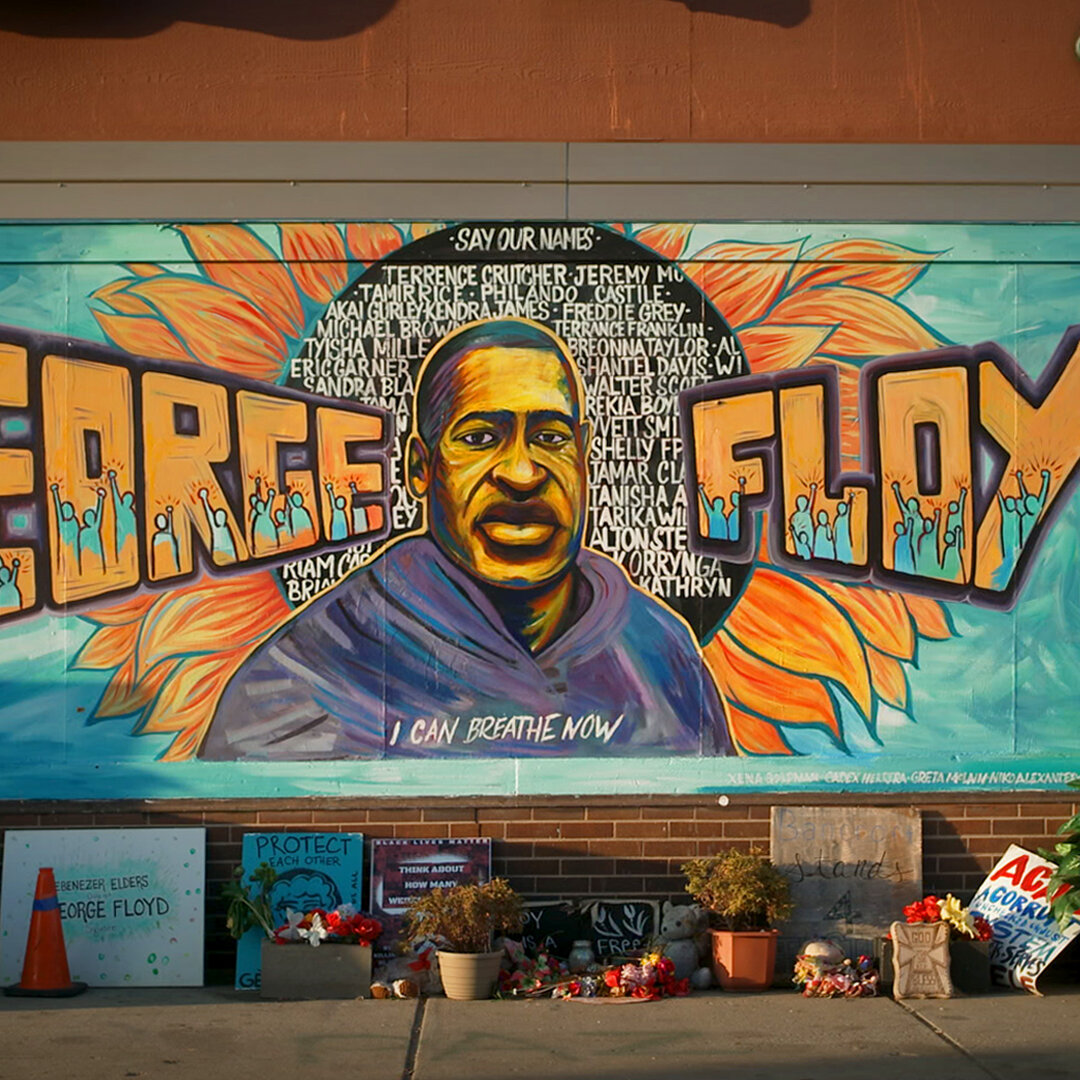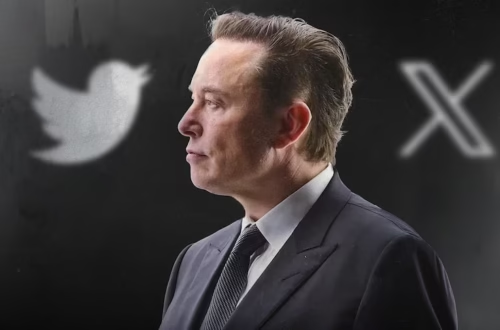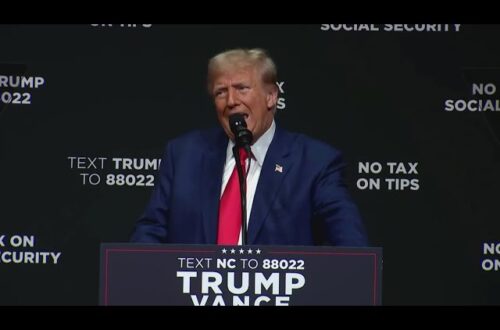In recent months, several murals honoring George Floyd, whose death in May 2020 sparked a global movement for racial justice, have been removed or demolished across the United States. From Santa Barbara to Salt Lake City, these public artworks—once symbols of solidarity and calls for systemic change—are disappearing, prompting heated debates about their significance, the motivations behind their removal, and what this trend reflects about America’s evolving cultural and political landscape.
A Symbol of a Movement
George Floyd, a 46-year-old Black man, was killed by Minneapolis police officer Derek Chauvin, who knelt on his neck for over nine minutes while Floyd pleaded, “I can’t breathe.” The incident, captured on video, ignited widespread protests against police brutality and systemic racism, with millions taking to the streets under the banner of Black Lives Matter (BLM). In the wake of Floyd’s death, artists across the globe immortalized his image in vibrant murals, turning walls and streets into canvases for grief, outrage, and demands for justice. According to the Urban Art Mapping project, nearly 2,700 pieces of street art were created worldwide in response to Floyd’s murder, with many in the U.S. becoming focal points for community reflection and activism.
[](https://www.rd.com/list/george-floyd-murals/)
These murals, often featuring Floyd’s face alongside phrases like “I Can’t Breathe” and “Black Lives Matter,” were more than art—they were rallying points. In Minneapolis, a mural at the intersection of 38th Street and Chicago Avenue, now known as George Floyd Square, became a sacred site for mourning and protest. In cities like Houston, Los Angeles, and Nairobi, murals echoed the call for justice, with artists using bold colors and powerful imagery to ensure Floyd’s story—and the broader fight against racial injustice—remained in the public consciousness.
[](https://www.rd.com/list/george-floyd-murals/)[](https://www.cbc.ca/news/world/george-floyd-memorials-murals-1.6031181)
Recent Removals Spark Controversy
Fast forward to 2025, and several of these murals have been taken down, sparking intense reactions from communities and activists. In Santa Barbara, California, a vibrant mural at the intersection of East Haley and Anacapa streets, painted by local artists Griffin Lounsbury and Chadillac Green, was recently removed. The artwork, which featured Floyd’s face surrounded by colors symbolizing unity and resilience, had served as a gathering place for vigils and discussions about systemic racism. Its removal has been described as a “profound loss” for the city’s Eastside community, a historically Black and Latino neighborhood with a rich tradition of mural-making as a form of resistance.
[](https://www.noozhawk.com/wayne-mellinger-george-floyd-murals-removal-leaves-deep-scar-on-eastside/)
In Salt Lake City, Utah, the demolition of the Fleet Block, a 8.5-acre site that housed 26 murals honoring Floyd, Breonna Taylor, and other victims of police violence, has left local activists and families devastated. The site, considered a “sacred” space by some, was razed to make way for a mixed-use development, despite pleas from community members to preserve the artworks. Jovany Mercado-Bedolla, whose brother was depicted in one of the murals, told local media, “We hoped that the mural would be the change. To see them come down, [we’re] feeling defeated.” City officials have promised to incorporate new public art into the development to honor social justice, but for many, the loss of the original murals feels like an erasure of a pivotal moment in the fight for racial equality.
[](https://www.nbcnews.com/news/nbcblk/salt-lake-city-murals-memorializing-george-floyd-breonna-taylor-others-rcna199093)
In Houston, Texas, a mural on a dilapidated building in the Third Ward, where Floyd grew up, was demolished just days before the fifth anniversary of his death. The artwork, which also featured the names of Breonna Taylor and Sandra Bland, was a prominent fixture in the community, serving as a backdrop for photos and memorials. The demolition, which occurred without clear explanation, has raised concerns among residents about the loss of cultural landmarks in a rapidly gentrifying neighborhood. Historian Raúl Ramos noted, “The mural had provided that kind of anchor” for a community grappling with change, suggesting that opportunities to preserve the artwork were overlooked.
[](https://www.houstonpublicmedia.org/articles/news/houston/2025/05/23/522238/george-floyd-houston-mural-demolished-days-before-fifth-anniversary-of-his-death/)
In Palm Springs, California, the city’s arts commission recently decided to remove portions of a George Floyd mural painted on plywood boards attached to a private building. Citing repeated vandalism and maintenance costs, the commission opted to store the boards until a new location could be found. The decision has divided the community, with some arguing that the mural’s removal signals a retreat from the city’s commitment to addressing racial injustice, while others believe the ongoing vandalism made preservation untenable.
[](https://thepalmspringspost.com/after-repeated-vandalism-george-floyd-mural-will-be-removed-stored/)
Why Are These Murals Being Removed?
The reasons for the removals vary, reflecting a complex interplay of practical, political, and cultural factors. In some cases, structural issues or urban development have been cited. In Houston, the building bearing the Floyd mural was deemed dilapidated and was torn down, though no clear rationale was provided for why the artwork itself could not be preserved. In Salt Lake City, the Fleet Block’s demolition was part of a long-planned redevelopment project, with city officials arguing that the site’s transformation will include new spaces for public art. In Toledo, Ohio, a mural collapsed after a reported lightning strike in 2021, though the artist and city vowed to replace it.
[](https://www.houstonpublicmedia.org/articles/news/houston/2025/05/23/522238/george-floyd-houston-mural-demolished-days-before-fifth-anniversary-of-his-death/)[](https://www.nbcnews.com/news/nbcblk/salt-lake-city-murals-memorializing-george-floyd-breonna-taylor-others-rcna199093)[](https://www.wtol.com/article/news/local/george-floyd-mural-collapse/512-c55a220d-affc-48aa-85aa-536ca6b0fdab)
Vandalism has also played a significant role. Many George Floyd murals have been defaced since their creation, often with hateful messages or racial slurs. In Palm Springs, the mural’s repeated vandalism—costing the city thousands in repairs—contributed to the decision to remove it. In Houston, a mural was defaced with a racial slur in 2021, though the artist quickly restored it. These acts of vandalism have been condemned by community leaders, with some, like Greensboro Mayor Nancy Vaughan, calling out “white supremacists and other hate groups” for targeting these artworks.
[](https://thepalmspringspost.com/after-repeated-vandalism-george-floyd-mural-will-be-removed-stored/)[](https://abc7chicago.com/george-floyd-mural-houston-defaced-vandalized/10540293/)[](https://www.forbes.com/sites/nicholasreimann/2020/06/11/some-george-floyd-murals-are-being-defaced/)
Yet, some removals appear tied to broader shifts in public sentiment or political priorities. Posts on X have highlighted a polarized response to the murals’ removal, with some users celebrating the takedowns as a rejection of what they view as divisive symbols, while others lament the loss of memorials that kept the fight for racial justice visible. In Santa Barbara, the removal of the Floyd mural has been framed as part of a larger tension over whose stories are preserved in public spaces, particularly in communities with a history of marginalization.
[](https://www.noozhawk.com/wayne-mellinger-george-floyd-murals-removal-leaves-deep-scar-on-eastside/)
The Role of Public Art in Social Justice
Public art has long been a powerful tool for activism, from the Mexican muralists of the 1920s to the civil rights movement of the 1960s. The George Floyd murals, in particular, have served as beacons for reflection and dialogue, transforming urban spaces into sites of mourning and resistance. In Minneapolis, the mural at George Floyd Square, painted by artists Xena Goldman, Cadex Herrera, and Greta McLain, became a global symbol of the BLM movement, with its vibrant colors and inscriptions of other victims’ names drawing thousands to the site. In Toronto, artist Jacquie Comrie contributed to a mural as a way to process her fears as a Black mother, noting that “mural art has been a form of activism for decades.”
[](https://hyperallergic.com/567663/george-floyd-mural-minneapolis/)[](https://www.cbc.ca/news/world/george-floyd-memorials-murals-1.6031181)
These artworks have not only honored Floyd but also amplified the stories of other victims of police violence, such as Breonna Taylor, Ahmaud Arbery, and Eric Garner. In Portland, Oregon, a mural by Emma Berger included the faces of Taylor and Arbery, along with the phrase “Say Their Names,” before it was removed in 2021 for preservation by Apple Inc. The ephemerality of street art—its vulnerability to weather, vandalism, or removal—has made it a uniquely raw and immediate medium, capable of capturing a moment’s rage and hope, even if only temporarily.
[](https://en.wikipedia.org/wiki/George_Floyd_mural_%28Portland%2C_Oregon%29)[](https://www.smithsonianmag.com/smithsonian-institution/how-death-george-floyd-sparked-street-art-movement-180975711/)
Community Reactions and the Path Forward
The removal of these murals has elicited a range of emotions, from grief to anger to cautious optimism about future commemorations. In Salt Lake City, Rae Duckworth, chair of the city’s BLM chapter, described the Fleet Block as a “protest wall” created out of love, emphasizing the pain of seeing it demolished. In Houston, residents like Stevie Santiago, who faces homelessness, expressed surprise that a building with such a “pretty, artistic” mural was chosen for demolition over other dilapidated structures. In Santa Barbara, activists argue that the mural’s removal underscores the city’s uneasy relationship with political art that challenges systemic inequalities.
[](https://www.nbcnews.com/news/nbcblk/salt-lake-city-murals-memorializing-george-floyd-breonna-taylor-others-rcna199093)[](https://www.houstonpublicmedia.org/articles/news/houston/2025/05/23/522238/george-floyd-houston-mural-demolished-days-before-fifth-anniversary-of-his-death/)[](https://www.noozhawk.com/wayne-mellinger-george-floyd-murals-removal-leaves-deep-scar-on-eastside/)
Yet, some see potential for renewal. In Palm Springs, the arts commission is exploring ways to display a high-quality print of the mural at City Hall, while in Salt Lake City, officials have committed to incorporating new social justice art into the redeveloped Fleet Block. In Toledo, plans to replace the lightning-damaged mural signal a determination to keep Floyd’s legacy alive. These efforts suggest that while physical artworks may disappear, the messages they carry can endure through new forms of expression.
[](https://thepalmspringspost.com/after-repeated-vandalism-george-floyd-mural-will-be-removed-stored/)[](https://www.nbcnews.com/news/nbcblk/salt-lake-city-murals-memorializing-george-floyd-breonna-taylor-others-rcna199093)[](https://www.wtol.com/article/news/local/george-floyd-mural-collapse/512-c55a220d-affc-48aa-85aa-536ca6b0fdab)
A Broader Cultural Shift?
The removal of George Floyd murals comes at a time when the broader racial justice movement faces challenges. Recent posts on X suggest that some view these removals as part of a backlash against the BLM movement, with one user noting that “George Floyd’s legacy [is] under siege as racial justice efforts lose ground.” Others, however, frame the removals as a sign of “healing,” reflecting a belief that such memorials are divisive. These divergent perspectives highlight the polarized state of discourse around race and public memory in the U.S.
Critics argue that removing these murals risks erasing a critical moment in the fight against systemic racism, particularly as policing reforms stall and public attention shifts. In Minneapolis, the future of George Floyd Square remains uncertain, with some advocating for its preservation as a permanent memorial and others calling for the area to move beyond its association with tragedy. Meanwhile, the global reach of Floyd’s story—evidenced by murals in places like Bethlehem, Palestine, and Idlib, Syria—underscores the universal resonance of his death and the ongoing struggle for justice.
[](https://www.ksmu.org/2025-05-24/at-george-floyd-square-art-and-music-help-a-community-heal)[](https://time.com/6180773/george-floyd-murals/)
Conclusion
The removal of George Floyd murals in cities across the U.S. marks a poignant moment in the nation’s reckoning with its history of racial injustice. For some, these artworks were temporary expressions of a fleeting moment of solidarity; for others, they were enduring symbols of a fight that remains far from over. As communities grapple with the loss of these murals, the question remains: how will America choose to remember George Floyd and the movement he inspired? Whether through new artworks, public memorials, or continued activism, the legacy of these murals—and the man they honored—will continue to shape the conversation around race, justice, and the power of public art.
Tags: George Floyd, Black Lives Matter, racial justice, public art, murals, police brutality, systemic racism, Santa Barbara, Salt Lake City, Houston, Palm Springs





